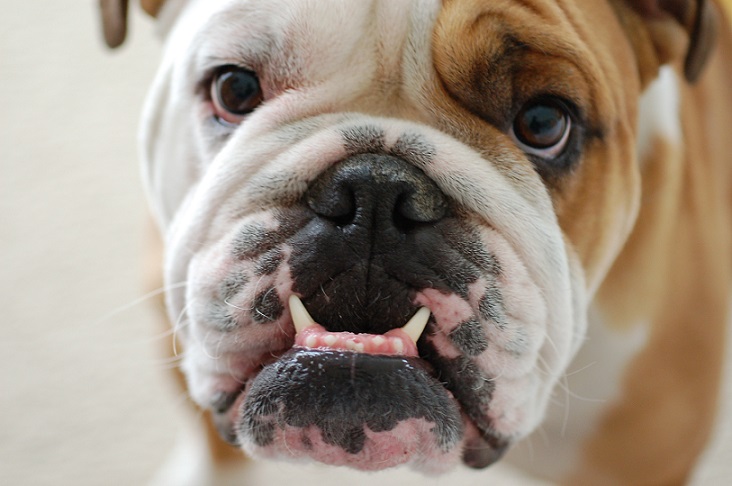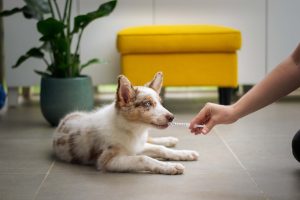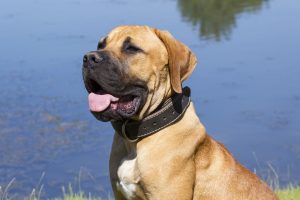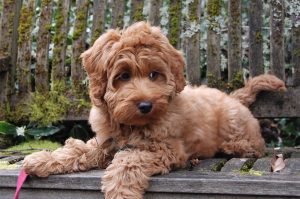Owning a dog – any breed of dog– is a huge responsibility in itself. You should have the financial resources, time, and patience to be able to take care of the animal properly. Sure, there are some ways that you can save money, like when you choose to buy pet supplies and medications online as opposed to going to a pet store or buying second-hand items. However, having all the pet accessories you need at hand doesn’t lessen the responsibility you have towards the animal.
If you own a brachycephalic breed or plan to purchase one, there are some things that you need to keep in mind about owning this particular type of dog.
Table of Contents
What are Brachycephalic Dogs?
If you’re unfamiliar with the term, you might think that “brachycephalic” might pertain to some kind of medical condition. However, you might be surprised to learn that this term actually refers to many beloved dog breeds!
Brachycephalic literally means “short-headed”, and this term is used to describe dogs that have flat faces and short snouts. Some of the most popular brachycephalic breeds are Pugs, Bulldogs, Shih Tzus, Boxers, and Boston terriers.
Read about: Shih Tzu Poodle cross
Distinct Health Concerns for Brachycephalic Dogs
The most important health concerns when owning a brachycephalic dog are connected to the shape of its head. Due to their unique morphology, many brachycephalic breeds may have issues when it comes to breathing properly. This is the reason why it’s so common to hear brachycephalic breeds snoring loudly when they sleep! The structure of their snout restricts the airflow, causing the dog to have problems with breathing and panting.
In general, there are four distinct issues that brachycephalic dogs struggle with when it comes to their breathing, namely:
- Soft palate elongation – The soft tissue located at the roof of your dog’s mouth can be abnormally long and extends down to the throat. This causes a blockage to your dog’s trachea.
- Stenotic nares – If your dog has abnormally narrow or small nostrils, it could be a problem because your dog will have difficulty breathing in enough air.
- Everted laryngeal saccules – Inside your dog’s larynx there are small sacs called laryngeal saccules. If these sacs are turned outwards (everted), it can also cause your dog to have difficulty breathing.
- Hypoplastic trachea – This occurs when the soft tissues in your dog’s trachea are smaller or narrower than normal. This also causes your dog to have difficulty in breathing.
They are also prone to sleep apnea which could be deadly if left untreated. Sleep apnea is a sleep disorder characterized by interruptions in breathing during sleep. There may be other reasons for this sleep disorder but brachycephalic breeds are more prone to this because of their flat-shaped skull. Unlike humans, canine sleep apnea cannot be treated with CPAP machines.
Aside from respiratory issues, a brachycephalic dog can also have other health issues over the course of its lifetime, such as teeth or jaw problems, heart problems, or neurological problems. All of these health issues also stem from the unique shape of their heads.
Do Brachycephalic Dogs Need Surgery?
Many brachycephalic dogs are able to live long and healthy lives without encountering severe problems due to their morphology. However, there are some instances when a brachycephalic dog does need surgery in order to correct their health issues, especially if they are struggling with breathing problems due to abnormal soft palate length, nostril size, or tracheal diameter.
The average cost of these surgeries will depend on the procedure. For soft palette correction, it can cost anywhere from $500 to $1500, while for stenotic nares, it will cost between $200 to $1000, depending on the severity of the deformity. And for hypoplastic trachea correction, it will cost around $2000. Surgery to repair everted laryngeal saccules is the most expensive, with the base cost starting at $3000.
If you have a brachycephalic dog, it might be a good idea to get pet insurance to help with the costs of surgery, should your dog ever need to get it in the future.
How to Take Care of Brachycephalic Dogs
The main enemy of brachycephalic dogs is extreme heat! This means that they’re in danger of overheating if they undergo strenuous exercise, especially during the summer months. Since most brachycephalic breeds are small to medium breeds, it’s easier to keep them inside and away from the sun during the day.
Always make sure that your dogs have access to fresh, clean, and cool water. Never assume that they’ve had enough water for the day as brachycephalic dogs can easily and quickly overheat! If you have a dog with a thick coat such as a Shih Tzu or a Maltese, you can consider getting their fur cut very short during the summer months. Read the tips to keep your dogs cool in summer.
If you notice that your dog is lethargic, weak, or having trouble breathing, you should immediately give them water and bring them to the vet.
You may like reading: Dog Halloween Costumes










